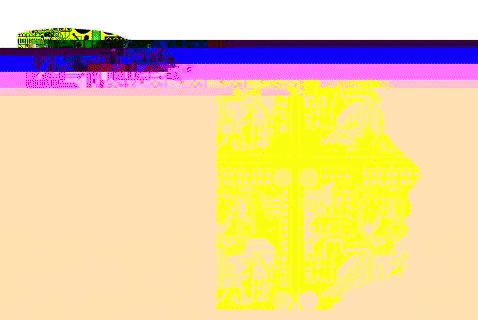



The Eyebeam Center for the Future of Journalism (ECFJ) is an experimental grant-making program that supports artists and artist-journalist teams producing innovative and revelatory journalistic work for major media outlets.
Underwritten by Craig Newmark Philanthropies, ECFJ is the first initiative of its kind to directly facilitate artists’ major media commissions in the realm of journalism. With the belief that artists are central in the invention and design of our shared future, and also critical in shifting public debate, ECFJ supports the execution of pieces that focus on reimagining the way stories are told, particularly around technology and society.
The funds distributed to grantees assist with research, travel, and other expenses many media outlets struggle to cover, allowing stories that are often out of reach in today’s climate to be produced.
A collection of articles supported by Eyebeam Center for the Future of Journalism as seen in The Atlantic, Gizmodo, The Nation, The New York Review of Books, and Wired.
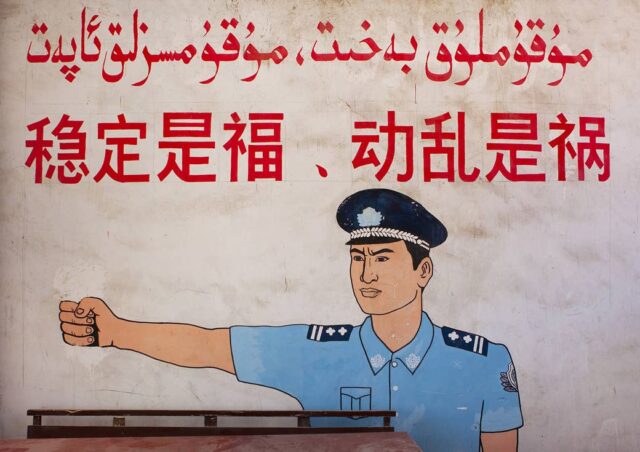
Read the last in the Pulitzer Prize-winning series by Alison Killing & Megha Rajagopalan, supported in part by Eyebeam Center for the Future of Journalism and published in BuzzFeed News. This reporting revealed that there is enough room to detain over 1 million Muslims in the Xinjiang detention camps in China.
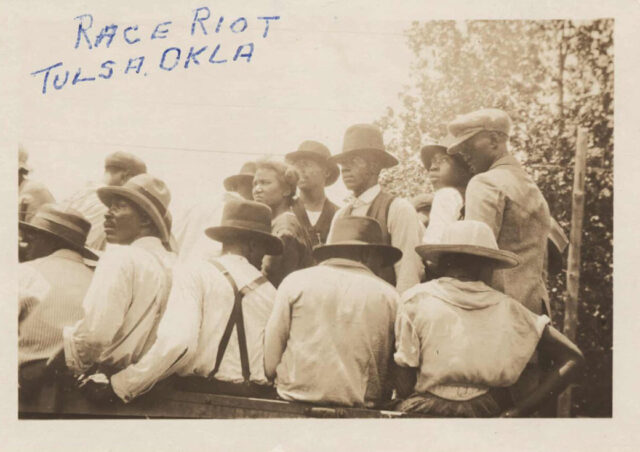
Bayeté Ross Smith, Jimmie Briggs for The Guardian. In the latest for ECFJ, Bayeté Ross Smith has revisited the sites of Red Summer, a period of time in the early 20th century marked by white supremacist terrorism and race, to create a five-part 360 video series for The Guardian.

Radcliffe Roye, Rebecca Lee Sanchez for The New York Review of Books
Radcliffe Roye photographed years of Trump rallies and published the unsettling history in an article written by Rebecca Lee Sanchez, “‘God, Guns, & Trump’: Anatomy of the Crowd.”
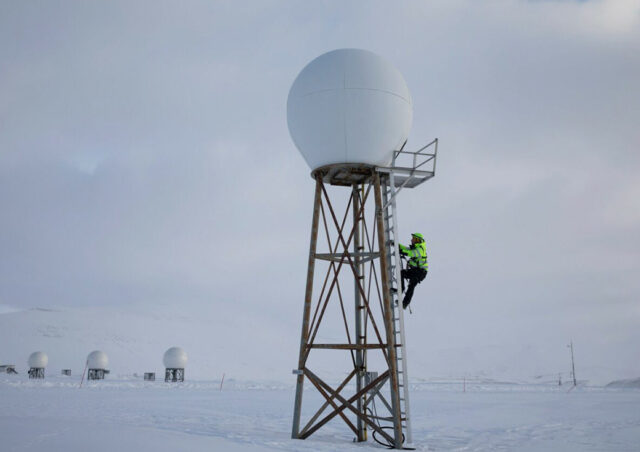
Eyebeam supported Anna Filipova on her journey to the Norwegian Arctic to document a crucial satellite station providing essential data on the effects of climate change. With Henry Fountain for The New York Times.
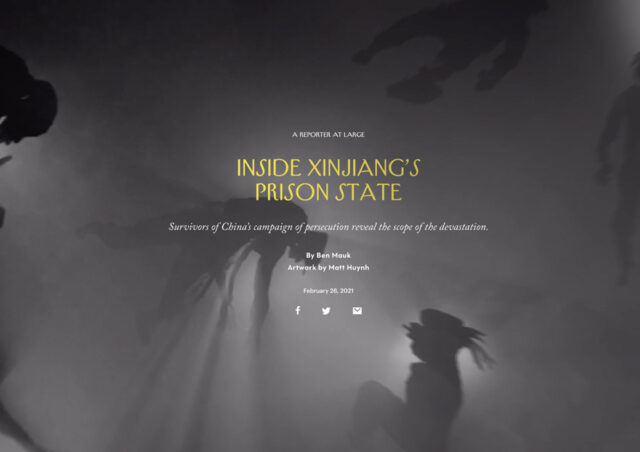
Ben Mauk, Matt Huynh for The New Yorker. Currently, there is likely the largest internment of ethnic and religious minorities since WW11. Eyebeam Center for the Future of Journalism and the Pulitzer Center supported reporting in Xinjiang, China. The project employs immersive 360/VR film and browser-based interactive technology for the New Yorker to uncover an increasing surveillance state being used for cultural assimilation.

Alison Killing, Megha Rajagopalan for Buzzfeed News
Alison Killing and Megha Rajagopalan expose the “virtuous” solar power industry in the US for using forced labor of #Uyghur Muslim minorities in Xinjiang.
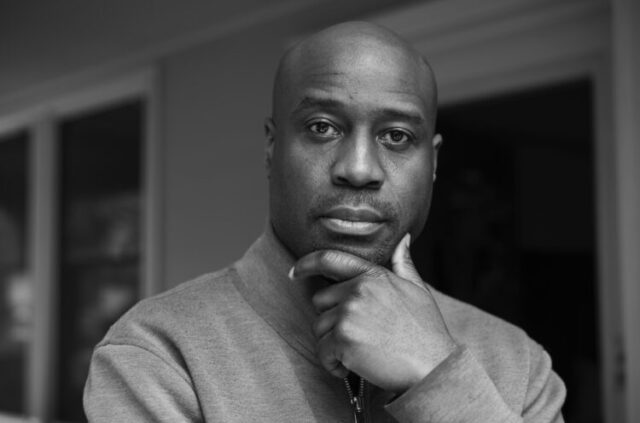
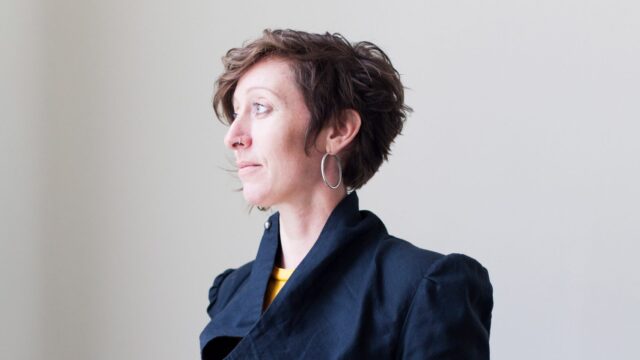
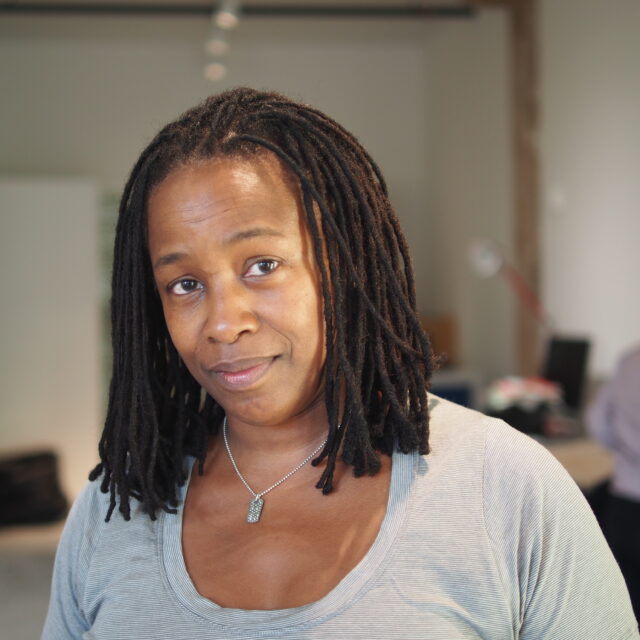
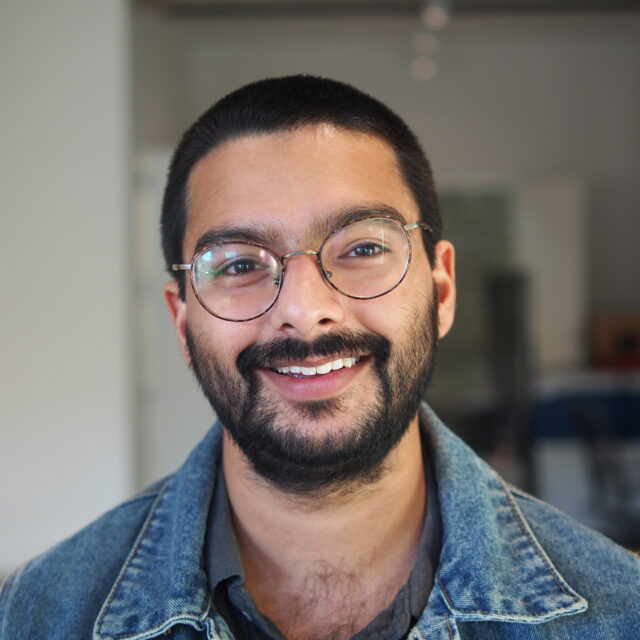
The inaugural year of this program has been supported by Craig Newmark Philanthropies.
Subsequently, transformative support from Omidyar Network has allowed new expansion and growth together with ongoing and anchoring support from CN Philanthropies.
“Sometimes artists can express truths much more effectively than anyone can with straight explanation. We’re hoping that can be a means to counter disinformation used against us all.”
—Craig Newmark
An Investigation Into Uighur Detention Camps Funded by Eyebeam Art and Technology Center Has Won a Pulitzer Prize via Art Net News
How to block Big Tech with Kashmir Hill via NBC News
Trying to cut tech giants out of your life is even harder than you think via Marketplace
Why We Can’t Break Up With Big Tech via NPR
Eyebeam Center Invites Artists to Delve Into Journalism via The New York Times
Eyebeam Launches Arts Grant Program for Journalistic Projects via Artforum
The Founder of Craigslist Is Funding a Program That Pays Artists to Pursue Journalism via artnet
NY nonprofit offers grants to artists producing journalism via AP News
A “letter from an editor” can be very simple. It should contain the name of the publication (ideally on the company’s letterhead), the type of commissioned piece, and the expected publication date. It should be signed by your commissioning editor. Most editors will provide letters of support for an application of this nature. Should they have questions, please have them email: ecfj@eyebeam.org with the subject line “Editor Question”.
We are currently in a moment of introspection and deliberation regarding the program. We ask that you revisit this page for more news about applying in winter 2023. We will also make a related announcement on eyebeam.org and in our social channels at that time.
A recent Nieman Reports article details this so well, we think it should answer all of your questions related to successful pitching. View the article here.
At this time, ECFJ is not connecting ideas/pitches to editors. You should be able find all you need in these FAQs to help guide you in that process.
There are a lot of wonderful publications out there that have and continue to work with non-traditional reporters. The best way to identify the publication you see as supporting your pitch is to research where pieces like the one you are proposing are being published. Ask yourself: Is this a subject that the publication has supported in the past? Is the format I am proposing something the publication has commissioned previously? Also, keep in mind, you don’t want to pitch something too similar to something recently commissioned. Always check the archives before sending in the pitch.
Very often editor’s emails are available via their social media profiles. And most publications have general email addresses for pitching on their sites.
Artists of all disciplines are invited to apply. Publications have editors that are focused on a variety of pieces. If you are pitching a photo series, for instance, connect with the photo editor. Or if your idea is for a specific part of a publication, reach out to the editor that oversees that section. If an idea is a good fit, more often than not an editor will pass it along to the appropriate colleague if it doesn’t fall under their purview. Additionally, journalists of all disciplines are invited to jointly apply with an artist.
At the moment, ECFJ is not accepting applications for reviews.
For this section, we would love to have the name of someone you may have worked with in the past, and can discuss your professional relationship, if necessary. You can either include a letter or just their email address and we may reach out to them during the review process.
Here are some stellar examples of different kinds of pieces produced by artists for publications:
You may email ecfj@eyebeam.org